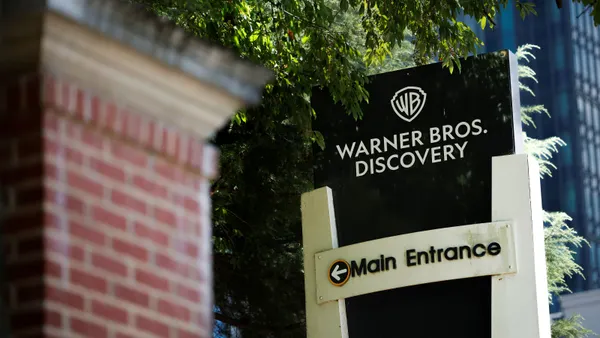“Consumers have more information about products and more products to choose from than ever before. They have more ways to shop… and they are bombarded with messages pitched through a growing number of channels.” Those words could’ve been published last week, but they were actually part of an article titled “Real-Time Marketing,” which Harvard Business Review published nearly 30 years ago in 1995.
If marketers felt the pace of play speeding up back then, then today’s consumers shop, browse and buy at warp speed. They think about purchasing, passively browse, and ask for support unpredictably and on their own terms. They transition between the offline and online worlds fluidly with smartphones in hand, which makes engaging customers effectively a challenge for businesses.
But it’s not all bad news. QR codes have emerged as a powerful tool for connecting with customers in real-time, giving businesses a new channel for driving interactions. Many brands within the Consumer Packaged Goods (CPG) and Retail industries, including the likes of Puma, have already committed to shifting from the use of 1D barcodes to 2D barcodes, like QR codes, in-store and on-product packaging, signaling the global rise of QR code usage as a key customer connection point. In fact, the creation of QR codes in these industries has grown by 88% year-over-year.
Integrating QR codes across a number of customer touchpoints gives businesses the opportunity to connect with consumers wherever they are on their path to purchase.
How QR codes can address complex customer journeys
Rather than thinking of customer interactions as siloed and separate, think about them as part of a cumulative experience. What disconnects might they encounter between touchpoints? What roadblocks can be removed to increase engagement?
Each part of the journey then becomes a chance to deepen relationships, remove friction, add convenience, and offer unique, engaging experiences. Here are three of the top ways QR codes can enhance every customer touchpoint.
- Bridge online and offline experiences. Whether a potential customer wants more information in-store before buying or needs support after purchase, connect their physical location to an online experience. Use QR codes on displays, packaging, and directly on products to help customers get in touch with a scan. Take them to ingredient information, support channels, videos, or loyalty programs in seconds and drive action.
- Make static advertising actionable. Human-grade cat food brand, Smalls, recently launched an out-of-home advertising campaign in New York City and incorporated QR codes into their ads to point subway riders to their website. Rather than assuming viewers would search for their name later or type in the URL, the brand prioritized convenience and turned a static ad into an opportunity to connect. QR codes are a real-world call-to-action button, so use them to spark two-way engagement.
- Inspire the next purchase. For products that are shipped directly to customers, QR codes are an accessible way to tap into the unboxing excitement. Add branded QR codes to product inserts, offer coupons for their next purchase, or send them to a personalized landing page with recommendations that match their preferences. Make it easy for customers to repeat a purchase or exchange a product, and create a better experience that boosts loyalty over time.
Customer journeys may be less predictable and linear these days, but they’re still measurable. Conjecture won’t cut it—understand what’s driving action across all touchpoints directly from the source. Look at first-party website data and rely on insights behind each QR code scan—like when, where, and how they’re scanning—to understand what’s working. Then, make data-driven improvements.
Multi-touchpoimt QR codes in action
Personalized skincare brand Curology uses QR codes across the customer journey to ensure customers can integrate their skincare products into their daily lives with ease, leading to greater satisfaction and repeat purchases.
The brand uses QR codes across product packaging, inserts, advertising campaigns, and more to build loyalty and drive conversions. Curology recently added QR codes to the back of universal inserts that go out in every new shipment of their product so customers can scan the code to adjust their subscription, add or remove products, or even direct message with a dermatology provider, meeting the need for immediacy and convenience—all with one scan.
It’s no small task to keep up with consumers who no longer follow a traditional customer journey. But the benefit of the new economy of information and technology like QR codes is that brands have countless chances to meet customers where they are, start conversations, and pique their interest every step of the way.
Tara Robertson is the Chief Marketing Officer at Bitly. Prior to Bitly, Robertson served as CMO at Teamwork and has held various key marketing leadership roles over the past 20 years at top tech brands such as Sprout Social and Hotjar. She now leads marketing at Bitly, whose Connections Platform empowers millions of monthly active users globally to use branded links, custom QR Codes, and link-in-bio solutions to engage audiences and deliver critical notifications, information, and experiences.










